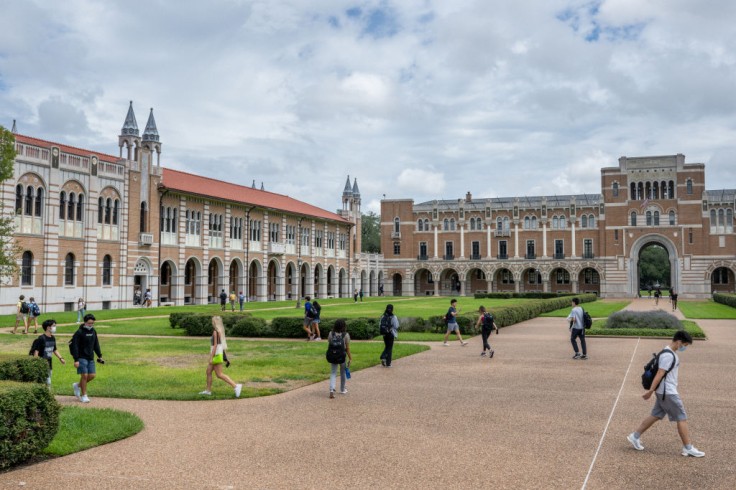Rice University Unveils Historic Enrollment Growth and Free Tuition Plan to Redefine Access
By
HOUSTON, TX — Rice University announced on April 21, 2025, a groundbreaking initiative to increase its student body by 30% and provide free tuition to students from families earning under $200,000 annually by 2028. This historic move will grow undergraduate enrollment from 4,700 to approximately 6,110 and graduate students from 4,800 to 6,240, while reinforcing Rice's commitment to accessibility with a $1.5 billion investment in financial aid over five years. The plan positions Rice as a leader in redefining elite education amid a challenging higher education landscape.
The free tuition program expands Rice's existing financial aid model, which already covers full tuition for families earning less than $130,000 and eliminates loans for those under $200,000. By 2028, the university aims to ensure that no student from a family earning below $200,000 pays tuition, a bold step toward removing financial barriers. "This is about opening doors to the most talented students, regardless of their background," said President Reginald DesRoches in a statement.
A Strategic Vision for Growth
Rice's enrollment growth is a strategic response to a competitive academic landscape, where elite universities face pressure to balance prestige with inclusivity. The plan includes hiring additional faculty, expanding residence halls, and enhancing academic programs to accommodate the larger student body. The university's top-ranked programs, including its No. 1 undergraduate entrepreneurship ranking by The Princeton Review, will benefit from increased diversity and talent, according to Amy Dittmar, Rice's provost.
The $1.5 billion financial aid commitment will be funded through a combination of endowment resources and a new capital campaign, leveraging Rice's $8.1 billion endowment. Unlike many peers, Rice's endowment is relatively flexible, with fewer restrictions, allowing the university to allocate funds swiftly. However, experts caution that sustaining such an ambitious plan will require robust fundraising, especially as federal funding uncertainties loom.
Navigating Federal and Local Challenges
Rice's announcement comes amid significant external pressures. The Trump administration's recent cuts to federal research grants, including a reduction in indirect costs by the National Institutes of Health, threaten Rice's $100 million annual research budget. The university joined a lawsuit against the NIH in February 2025, as reported by The Rice Thresher, with Dittmar warning that the cuts could hinder innovation in fields like bioengineering and sustainable energy. Additionally, Rice faces a federal investigation into its graduate diversity programs, accused of race-exclusionary practices, adding to the uncertainty.
Locally, Rice is addressing community concerns. The university's expansion plans include affordable housing for staff and graduate students in Houston's high-cost market, responding to issues raised in a Houston Chronicle report about declining Black student enrollment post-affirmative action. Rice also continues to strengthen ties with the city, with initiatives like its Bengaluru, India, research center, launched in November 2024, showcasing its global ambitions.
The plan has also drawn attention to Rice's ability to navigate a polarized political climate. While the free tuition program aligns with progressive values, the university's leadership is careful to frame it as merit-driven, avoiding backlash from federal authorities scrutinizing DEI initiatives. DesRoches emphasized that the expansion will prioritize "excellence and opportunity," a message resonating with both supporters and critics.
A Model for the Future
Rice's plan sets a new standard for elite universities, challenging institutions like Harvard and Stanford to rethink access. By pairing enrollment growth with free tuition, Rice aims to diversify its student body while maintaining its academic rigor. The university's partnerships, such as its recent ExxonMobil research agreement for sustainable energy, announced on April 14, 2025, signal its intent to fund innovation independently if federal support wanes.
As Rice embarks on this transformative journey, its success will hinge on balancing ambition with execution. The $1.5 billion financial aid pledge and 30% enrollment growth are monumental steps, but sustaining them amid federal pressures and local demands will test the university's resilience. For now, Rice is charting a path to redefine what an elite education can mean, with the eyes of the academic world watching closely.
© 2025 University Herald, All rights reserved. Do not reproduce without permission.








